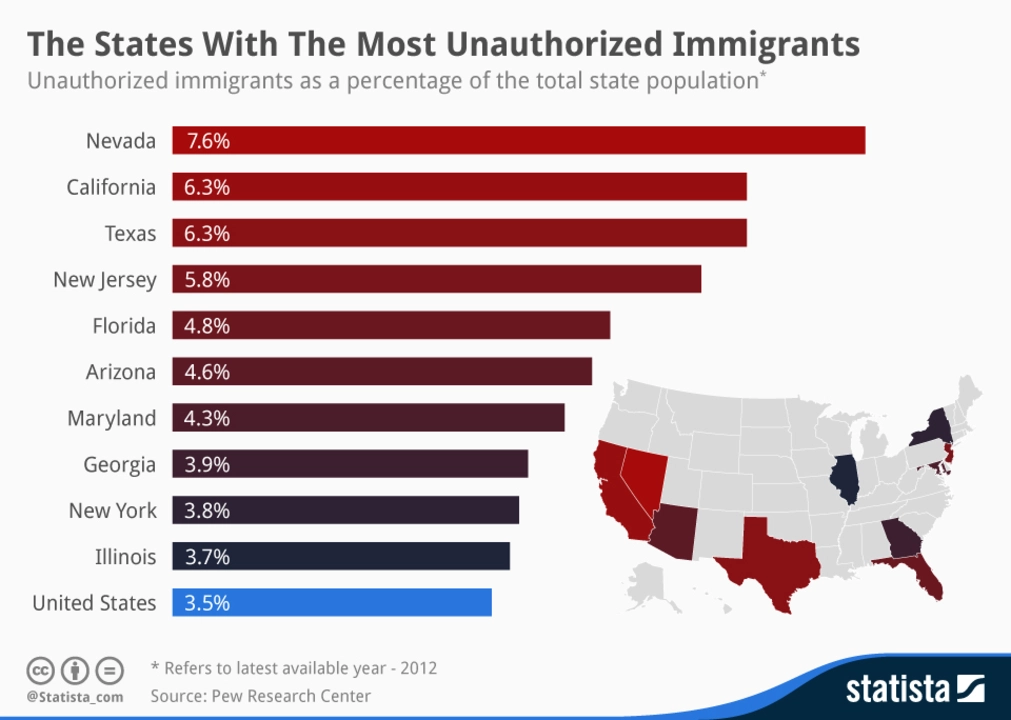Percentage – Simple Guides, Tips & Everyday Uses
Ever wondered why "percentage" shows up everywhere—from sales discounts to test scores? It’s just a way to talk about parts of a whole using the number 100. Knowing a few quick tricks can save you time and stop the head‑scratch when you see 23% off or a 75% pass rate.
What a Percentage Really Is
A percentage is simply a fraction out of 100. So 20% equals 20 out of 100, or 0.20 as a decimal. If you have 50 apples and 10 are rotten, the rotten apples are 10/50 = 0.2, which is 20%. Converting between fractions, decimals, and percentages is the first step to feeling comfortable with the concept.
Quick Tricks for Fast Calculations
Here are three shortcuts you can use on the spot:
1. 10% rule: Move the decimal one place left. 45% of 200 becomes 20 (10% of 200) times 4.5 = 90.
2. 5% rule: Half of the 10% value. 15% of 80 = 10% (8) + 5% (4) = 12.
3. 1% rule: Move the decimal two places left. 3% of 500 = 5 (1% of 500) times 3 = 15.
Use these tricks when you’re in a shop, checking a bill, or figuring out a grade.
Another handy tip: to increase a number by a certain percentage, add the percentage of the number to the original. For a 25% raise on a salary of ₹30,000, calculate 25% of 30,000 (₹7,500) and add it to get ₹37,500.
To cut a number down, do the opposite. A 30% discount on ₹1,200 means you lose 30% of it (₹360), so you pay ₹840.
When you need to find what percent one number is of another, divide the part by the whole and multiply by 100. If you scored 42 out of 50 on a test, 42 ÷ 50 = 0.84, times 100 gives 84%.
For more complex problems, like finding the original price after a discount, reverse the steps. If an item now costs ₹700 after a 30% discount, the original price was ₹700 ÷ (1‑0.30) = ₹1,000.
Practice these steps with everyday numbers—grocery bills, fuel costs, or workout reps—and you’ll notice they stick quickly.
Remember, percentages are just another way to talk about fractions. The more you use the shortcuts, the less you’ll need a calculator, and the faster you’ll understand deals, stats, and scores.
In recent times, I've noticed a growing trend of people choosing to stay unmarried in India. Upon further research, I found out that about 5-10% of Indians stay unmarried throughout their lives. This change in lifestyle choices seems to be influenced by factors like career ambitions, personal freedom, and individualistic values. Interestingly, Indian women are more likely to remain single compared to men. It's fascinating to see how societal norms are evolving and how these changes are reshaping the traditional concept of marriage in India.
